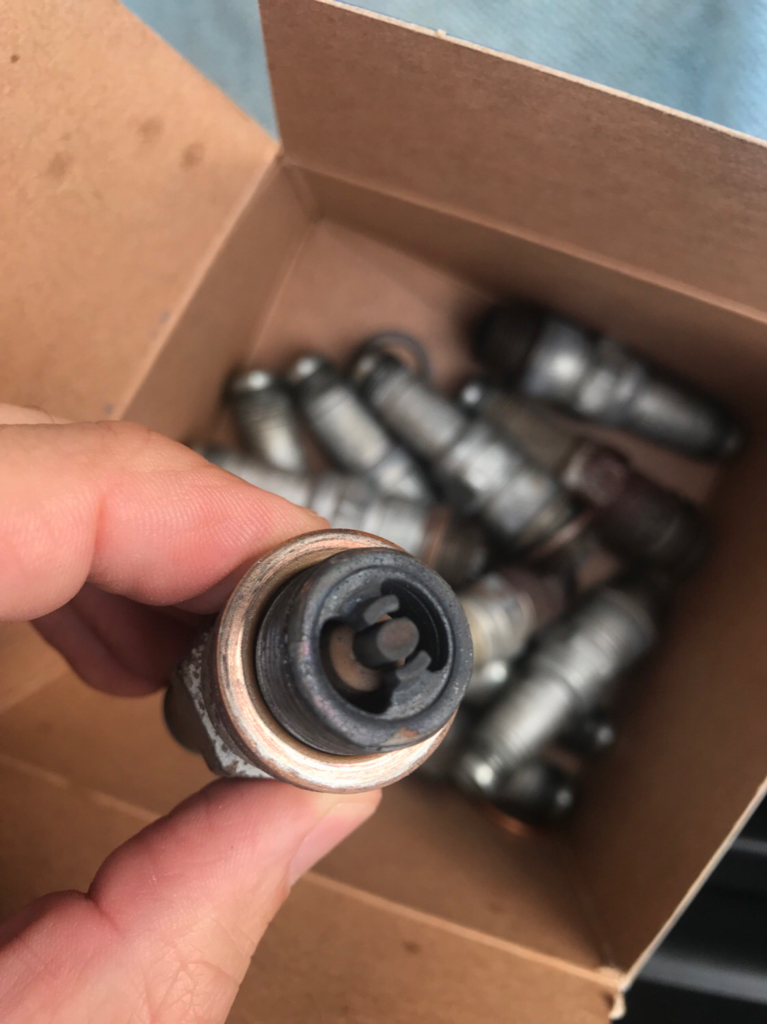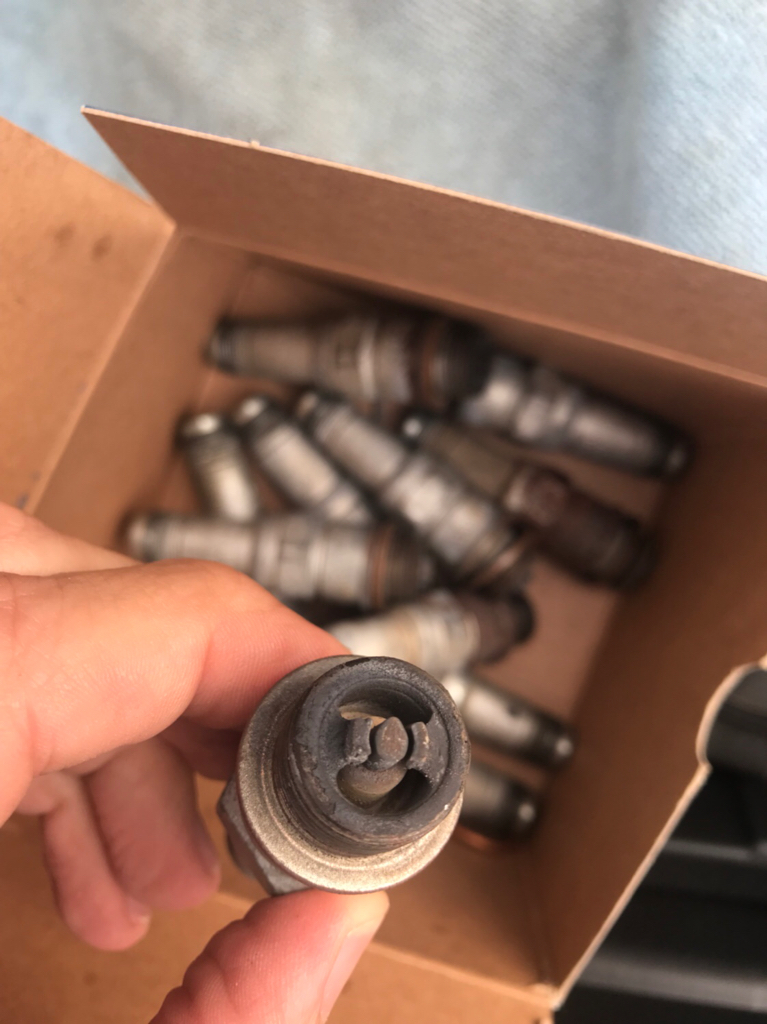Cap'n Jack
Final Approach
Tom- sounds good but it doesn't answer the question because the other plug didn't fire. The question was whether the other plug can't fire due to the pressure increase. Your earlier reply only addressed the change in adiabatic compression, which I agree is nearly negligible when the piston is near the top of it's range and moving slowly, but not the change in pressure due to the burning fuel.Your chart is a great one, now draw a line for the second plug firing, draw it so it doubles the width of the existing line. see how much the pressure has risen in that time. It does, but is of no significant amount. good theory, doesn't mean a thing in the real world.
Maybe, maybe not. Which mag, and 10 degrees which direction? 10° advanced or 10° retarded? Even so, the problem was that the plug that was set to ignite 2° later wasn't firing, so it doesn't matter what the timing difference is, other than it was 2° later.In a normally running engine like the 0-300 when you run on one mag, ignition starts at 1 plug and the flame front must progress all the way across the combustion chamber, switch to the other mag and it will travel in the opposite direction, switch to both and the flame front will meet in the center.
Varying the timing by 10 degrees on one mag will not vary the meeting point and significant amount.
Again, all that matters it the pressure build-up from the first plug that fires. Is it enough to stop the second plug from firing? The fuel must burn in about 1/4 of a revolution, or about 2 milliseconds. Using your numbers for the time it takes to move 2°, that is roughly 4% of the burn time.Even if it did, it would make no difference because all the fuel still gets burned and the pressure in the cylinder will stay the same. Thus the RPM will change only when 1 mag is off, simply because all the fuel will not be burned when the flame front must travel all the way across the combustion chamber. So the pressure will be reduced. RPM will change.
A reasonable question is whether the relatively small pressure increase from combustion during that time is enough to stop the other plug from firing.


